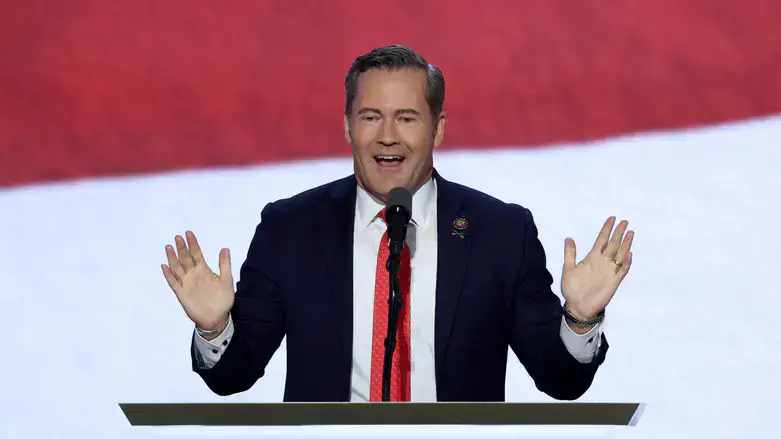
Mike Waltz’s position grew increasingly precarious after it emerged that he had accidentally added a journalist from The Atlantic to a private messaging group where U.S. military strike plans against Houthi rebels in Yemen were being discussed.
In late March, Atlantic editor-in-chief Jeffrey Goldberg revealed that he had been mistakenly added to a Signal chat by someone identified as Mike Waltz. The group included top administration officials, with accounts attributed to Vice President JD Vance and Defense Secretary Pete Hegseth.
Goldberg reported that he viewed classified details about planned U.S. strikes in Yemen—including weapons payloads, target locations, and scheduled timings—roughly two hours before the operation began.
Initially, Waltz claimed he didn’t know how Goldberg had gained access to the group. However, in a Fox News interview, he accepted “full responsibility,” acknowledging that he had created the chat.
According to sources cited by CBS News and The Guardian, Waltz had intended to add a senior spokesperson to the group but mistakenly included Goldberg instead. Investigators later discovered that Goldberg’s number had been saved in Waltz’s phone as an alternate contact for national security spokesperson Brian Hughes.
President Trump said he would "look into" the matter. Although he considered firing Waltz, he ultimately refrained—hoping to avoid giving political opponents an easy win and to preserve a sense of stability, in contrast to the chaotic personnel changes of his first term.
While Trump initially backed Waltz, the fallout damaged Waltz’s standing. According to four sources, he gradually lost the support of key West Wing aides. Now, at the 100-day mark of Trump’s second term, insiders increasingly describe Waltz’s removal as a matter of “when, not if,” suggesting the administration is less concerned with appearances of internal disorder.
